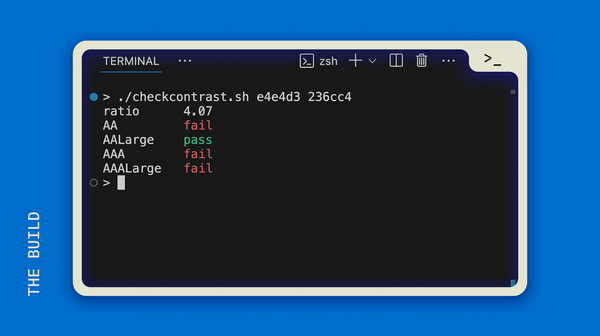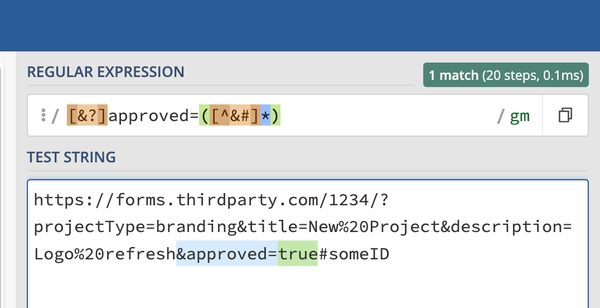Case Study: Laundry

Some tasks have to be done on a weekly or monthly basis, and you may be forced to dedicate a certain amount of time to complete it, no matter what.
Take laundry, for example. No matter what you do, it takes the washing machine an hour to run. Unless you’re an engineer/industrial designer, you’re probably not going to be able to change that.
At the end of your week, you have to put in the time to do your laundry, and there is a fixed amount of time that will be dedicated to it. So is there anything we can do to make it less of a time-hole for you?
Assuming you have a washer and a dryer in your house (if you go to a laundromat, this example is a little different in time savings), there are a couple of principles to help you reduce the time spent doing this mundane task.
1. Adjust smaller, daily tasks to minimize pile-up tasks later
When I was single, I was perfectly fine with dumping all of my clothes in the same load. Yep, whites + colors + darks. I never really had any issues with bleeding or graying, so this worked for me. However, the combined clothes of two people are too much for a single load, plus my wife is adamant about separating colors and whites.
We were putting all of our clothes in a single hamper, which meant that on laundry-day the sorting process took up 10 or so minutes. Since we can’t change how long the machine takes to wash the clothes, we had to look at a different part of the process to make this efficient and painless—or, at least, less boring.
We got a hamper with two sections so we could sort the clothes immediately upon undressing. This spreads out the work throughout the week. What once was a weekly task that drained our Saturdays of a whole 10 minutes so the laundry could be sorted, now became a 2-second, daily task. Even better, that 2-second task of throwing our socks in the right bin when we were done was something we already had to do. Instead of adding extra work, we merely adjusted a task so that it removed time spent on it later.
Now that we had pre-sorted laundry bags for each load, we could just dump and go. 10 minutes turned into 1 minute per load—most of that was waiting for the detergent to come out of the spigot.
2. Add the tool that helps set you up to divide your larger task
This is the double hamper approach. Yes, sometimes you’ve already got something in place that is collecting tasks for you to go through them all in one shot. Is there something you can do upstream that will reduce that load at the end? It might be a form of sorting, or maybe it’s getting new software or equipment. If the price for those solutions is lower than the value of reducing your efforts from now on, you should consider it!





